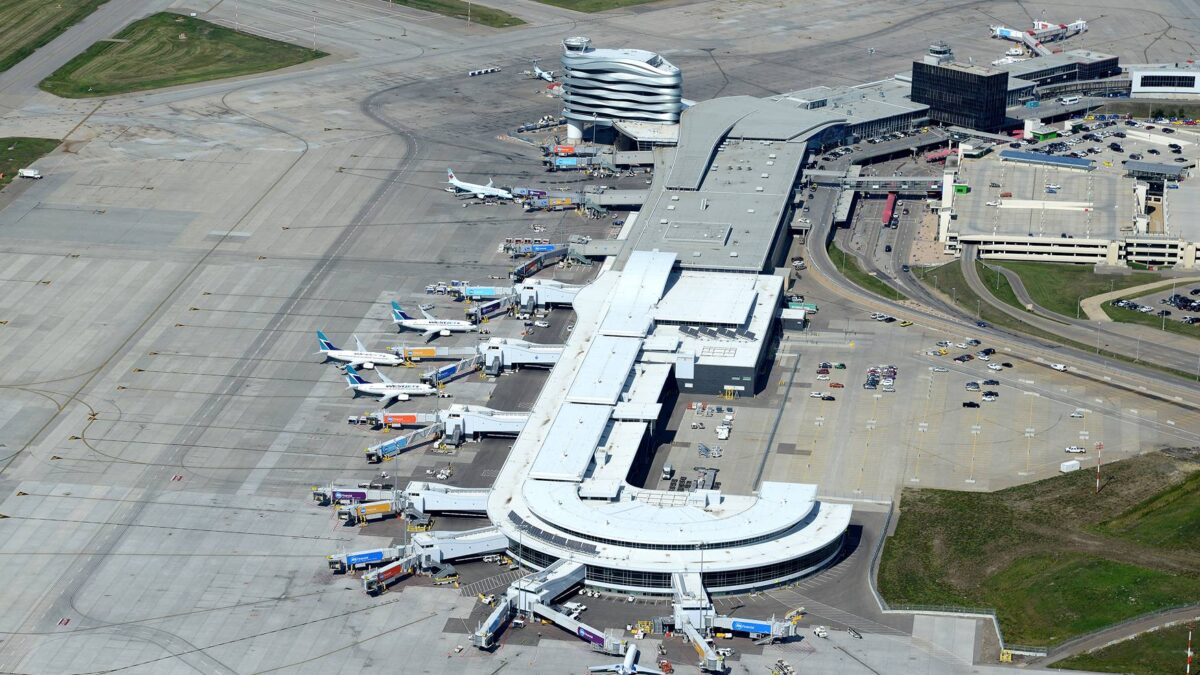Sustainable seaplanes represent a promising advancement in aviation technology, offering a greener alternative to traditional aircraft. One key aspect of their sustainability lies in their ability to take […]
The Hidden Environmental Costs of Electric Airplanes
Electric airplanes have been hailed as a groundbreaking innovation, promising a greener future for air travel. While they indeed offer several advantages in terms of reduced greenhouse gas […]
Problems With Batteries
Electric flight has emerged as one of the leading candidates for sustainable aviation. Most of the newer designs utilize batteries. However, there remain many problems with power cells. […]
Hydrogen Airports
If you ask most industry professionals, they will tell you that hydrogen power will likely be one of the leading sources of aircraft propulsion in the future. However, […]
KLM and TU Delft’s Flying-V
The Flying Wing is one of the many designs that enable widespread sustainability in aviation. There have been many designs and variants of the aircraft, including the Northrop […]
Trussed Wings
The trussed wing is a relatively new concept. The basic premise of the design is long, slim wings with braces to prevent bending. While the high aspect ratio […]
CFM-Rise
The CFM-Rise engine represents a remarkable shift in aviation philosophy. Developed jointly by CFM International and GE, this engine takes high-bypass to a whole new level. The engine’s […]
Drawbacks to Electrical Flight
Electric flight presents a promising avenue for reducing emissions in the aviation industry, but it faces significant drawbacks. Current battery technologies have limited energy density, resulting in restricted […]
High Bypass Engines
High bypass engines are a relatively new technology, developed due to the need for a reduction in fuel burn. Bypass ratio is essentially the proportion of the air […]
Can Carbon Composites Reduce Emissions?
Carbon composites have revolutionized aviation for decades. Some of modern success stories in aviation, such as the 787 and A350, use these materials to improve efficiency. Today, we’ll […]









